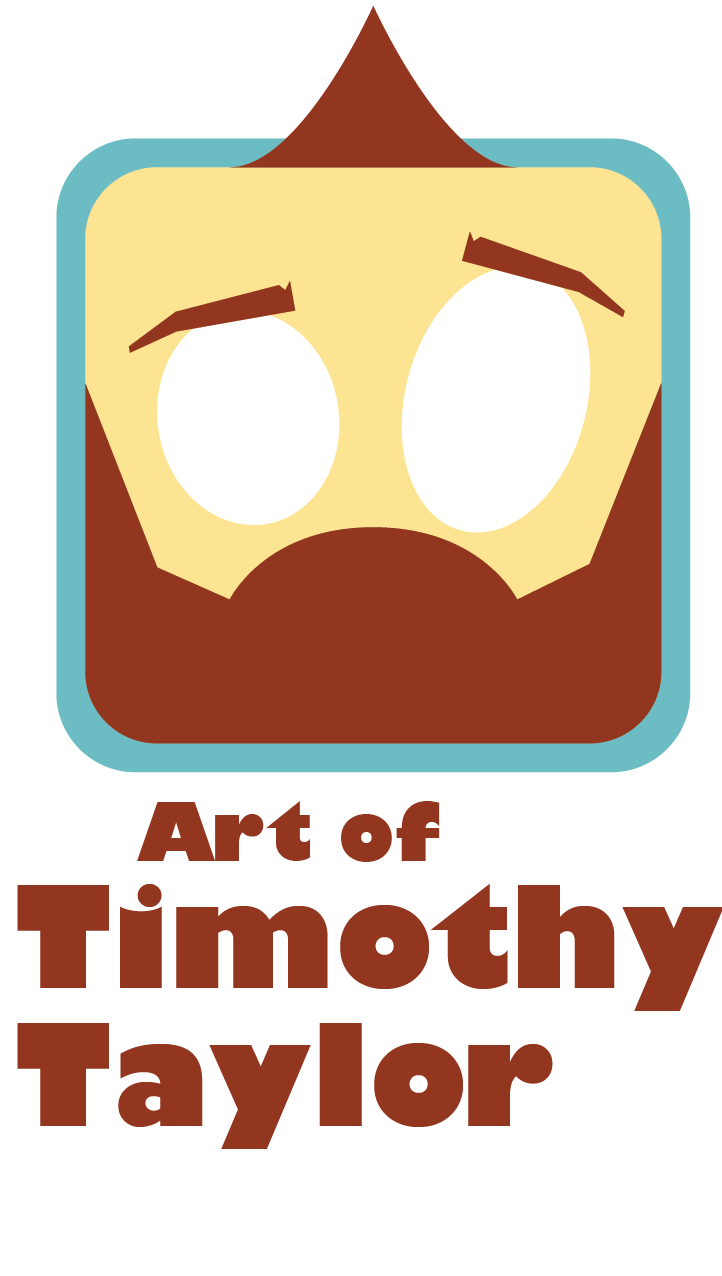I love art, and I love writing. In undergrad, I came in as an Art major. I transitioned through Journalism on my way to an English degree. When I went back for a master’s degree, I made the exact same route. I didn’t know what I wanted to be. I joined the military (a mistake) and volunteered to train new recruits (not a mistake). During this period, I found that I was much better at teaching soldiers in all of the maneuvers, first-aid, pomp, and circumstance of the army than I was at following others into it. When I was teaching, I came alive. I was always looking for new things to incorporate, new ways to keep their attention. When these young soldiers got bored with conducting the same drills outside, I taught them military history and showed how the same tactics we were rehearsing outside have been used for centuries. I would use clips from their favorite movies to illustrate my points and they got it. I love that feeling, when you’re teaching something and you see the light go on, they GET it. When a professor brought me back to art and comics, I knew what I wanted to do: teach others to tell their own stories.
Those stories could be narratives, illustrations, or even explaining industrial techniques. They all come down to communication of ideas to a range of audiences. My teaching pedagogy follows this basic idea: there is no one approach that serves all situations or, more importantly, all students. What I have found is that every topic in a classroom will need to be approached a few times and from different pedagogical perspectives. One philosophy that I have found most useful due to its versatility is Howard Gardner's Theory of Multiple Intelligences and the Point of Entry Approach adapted from project MUSE (Museums Uniting with Schools in Education). In this approach, there are 5 points of entry: Aesthetic, Narrative, Logical/Quantitative, Foundational, and Experiential. I believe any topic can be explained through these windows and that, in any classroom, there will be students that gravitate toward each of these points of entry. More important to me is teaching students to communicate with their own audiences using these same approaches.
My area of focus in the classroom is understanding and creating visual communication. I have researched and written about both with regards to humanities, sciences, and arts. I believe education, in any field, should focus not only on understanding and literacy but on the creation of content and knowledge. I have taught students from art, welding, nursing, culinary and just about everything in between. Whomever I am teaching, I try to help them communicate verbally and visually with their audience.
My area of focus for my own artwork is in combining stories with education. I love writing stories that also provide a vehicle for the audience to learn something. I’ve written Steampunk that pulls heavily from true history to teach the audience about the real world. I’ve written Sci-fi stories that explain the way chemistry and biology work within the real world. I love making visually interesting and pleasing artwork, but I always want my artwork to communicate to my audiences as well as entertain them.
To that end, I focus largely on illustration, comics, and new media. Each provides interesting ways to combine visuals and text, multiple fields of study, and all five points of entry. As an educator, illustration, comics, and new media engage my students. As an artist, they are excellent ways to engage any audience.
